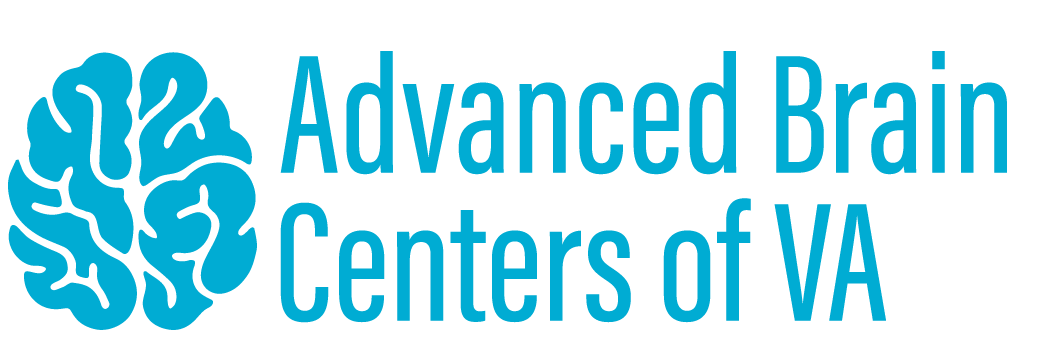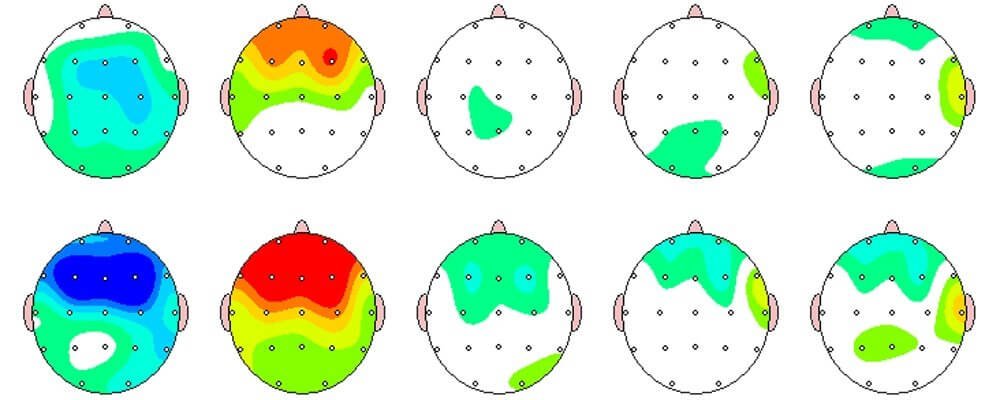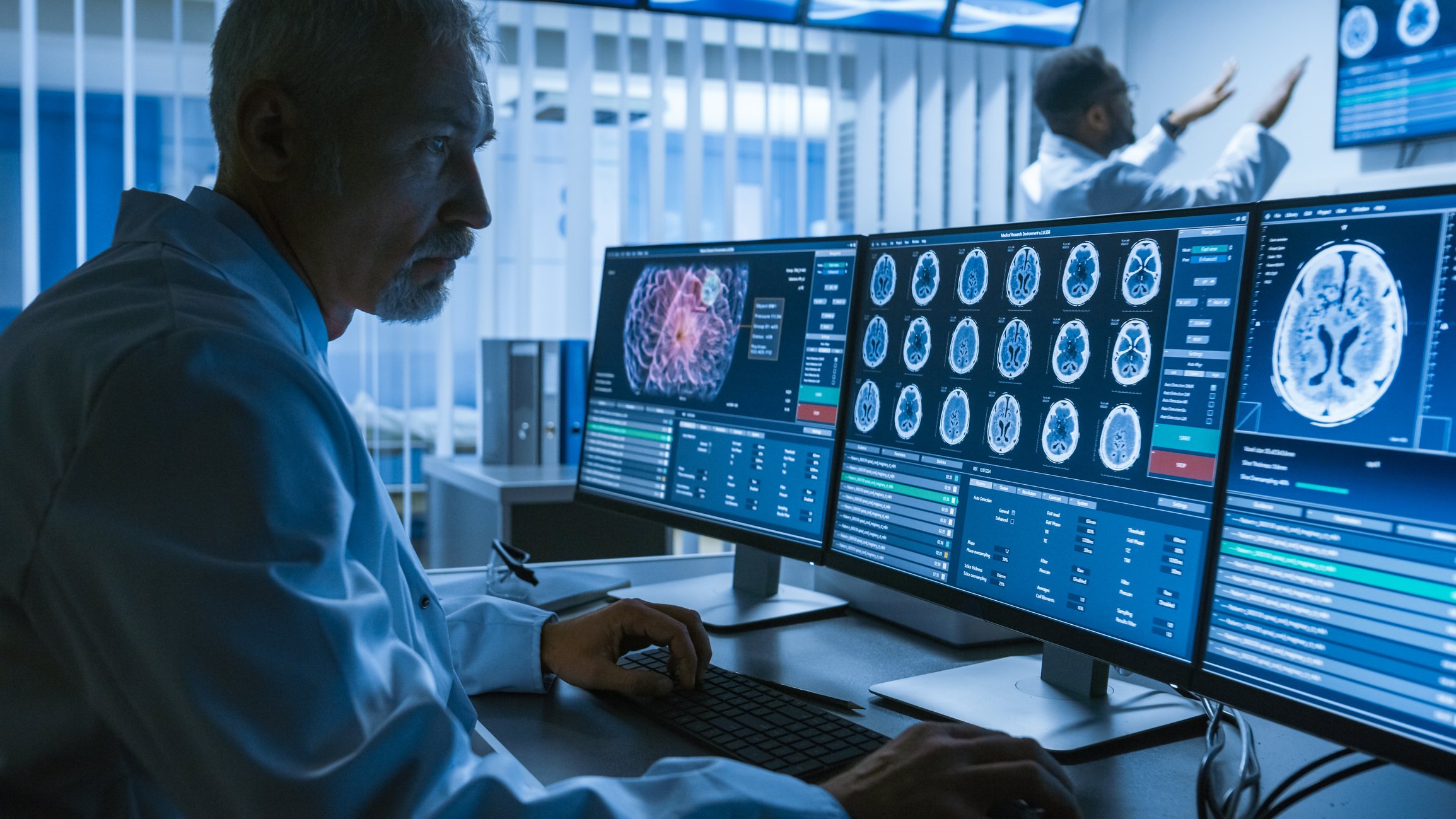Neurofeedback
Optimize Brain Functioning
Neurofeedback, also known as EEG Biofeedback, is a non-invasive method of direct brain function training. This state-of-the-art therapeutic modality provides instantaneous auditory and visual feedback representative of dynamic fluctuations in the electrical activity in the brain and enables patients to self-regulate neural activity, promoting:
Delta - deep, dreamless sleep
Theta- sleep, meditative states
Alpha- calmness, relaxation
Beta- concentration, focus
Gamma- perception, consciousness, peak performance
Assessment Tools
Quantitative electroencephalogram (qEEG) is a non-invasive diagnostic tool and brain mapping technique that measures the electrical activity of brain wave patterns. During a qEEG, an electrode cap is placed on patients that captures baseline electrical activity under eyes open and eyes closed conditions. This mapping also reveals the power of brain wave signals (amplitude), the cross talk between brain regions (coherence) and phase (thinking speed, energy transmittance). The qEEG is used as a guide for neurofeedback protocol selection and is often conducted pre and post neurofeedback treatment to quantify changes in electrical brain activity.
How It Works
Certain cognitive symptoms (e.g., depression, anxiety, ADHD etc.) are partially due to an imbalance of electrochemical activity in the brain. Brain waves (i.e. delta, alpha, theta, beta, gamma) embody specific characteristics that can then become dominant under different conditions. When brain wave activity becomes dysregulated, (i.e. highly or insufficiently expressed), cognitive symptamatology is evident.
Neurofeedback transmits auditory and visual feedback as a response to electrical brain activity. Through this operant conditioning paradigm, the brain learns to function more efficiently and operates in a more balanced manner.
Assessment
A comprehensive qEEG assessment or “brain map,” identifies specific needs, and patterns of irregularities in your brain.
Treatment
Sensors are placed non-invasively on the head so a software program can analyze your electrical brain activity in real-time
Training
Over time these sensory rewards train the brain to create new patterns of electrical activity, and function more efficiently.
Reinforcement
The software provides visual and audio feedback, reinforcing positive brain activity, and optimizes functioning.
Read the Research
Peer-reviewed studies investigating the latest findings on the benefits of Neurofeedback to treat cognitive disorders.










